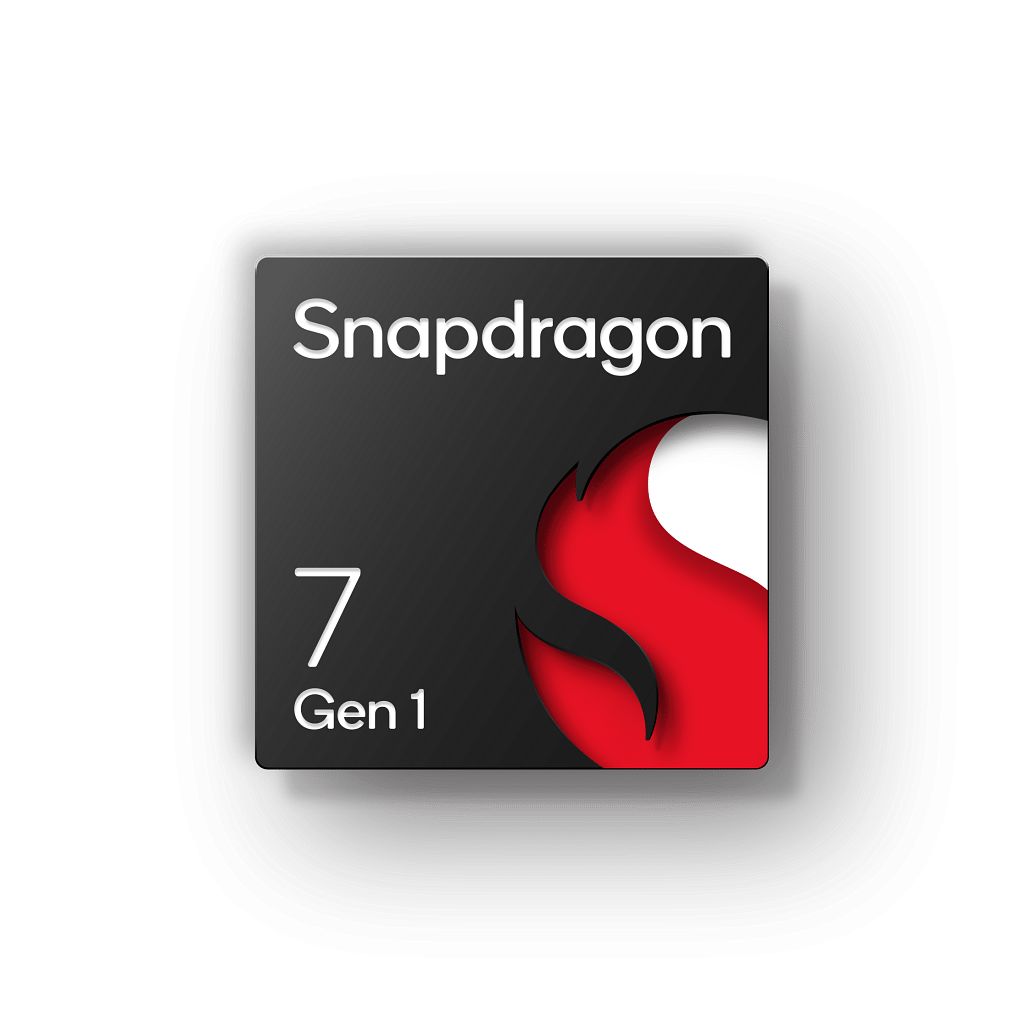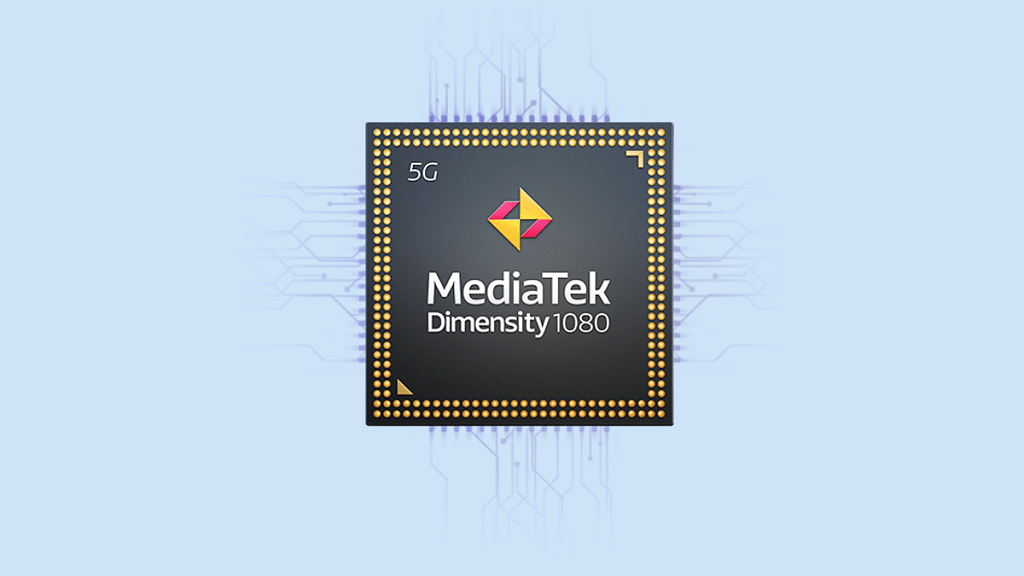Key Highlights
- Qualcomm Snapdragon is a premium mid-range 5G chipset based on 4nm process
- Dimensity 1080 is fabricated with 6nm TSMC process
- LPDDR5 memory compatibility with both chipsets
- Up to 200MP camera resolution support on both chipsets
Realme just released its latest premium mid-range phone called the Realme 10 Pro 5G powered by the Dimensity 1080 chipset. Several other OEMs are also planning to launch their new devices packed with this MediaTek 5G chipset going forward. With the Dimensity 1080 processor, MediaTek is promising to deliver reliable performance and faster connectivity speeds which is why it is being considered by multiple popular smartphone brands for their upcoming handsets.
The Snapdragon 7 Gen 1 chipset launched earlier this year has emerged as one of the strongest rivals of the MediaTek Dimensity 1080 processor. This updated Snapdragon chipset also brings along 5G network connectivity along with fast and reliable performance. A comparison between these two powerful mid-range mobile chipsets is listed below.
Qualcomm Snapdragon 7 Gen 1 Vs MediaTek Dimensity 1080: CPU Performance, Architecture
| Features | Qualcomm Snapdragon 7 Gen 1 | MediaTek Dimensity 1080 |
| CPU | octa-core | octa-core |
| GPU | Adreno 662 | Mali G68 |
| Memory | LPDDR5 | LPDDR5 |
| Storage | UFS 3.1 | UFS 2.1, UFS 3.1 |
| Fabrication | 4nm | 6nm |
Starting with the Snapdragon 7 Gen 1, a thin 4nm fabrication process has been used by Qualcomm to develop this processor. It is designed on an octa-core CPU cluster which comprises a single 2.3GHz Cortex-A710 core, three 2.36GHz Cortex-A710 cores, and four Cortex A510 cores with up to 1.8GHz clock speed.
On the contrary, MediaTek has used a slightly thicker 6nm fabrication process to design the Dimensity 1080 processor. This chipset’s octa-core CPU cluster features dual Cortex-A78 cores with 2.6GHz clock speed and six Cortex-A55 cores with 2GHz clock speed. The SD 7 Gen 1 offers a 2400MHz frequency range, while the Dimensity 1080 delivers 2600MHz. Out of the two, the Qualcomm Snapdragon 7 Gen 1 is better which is closely followed by the Dimensity 1080 SoC.
Also Read: Samsung Exynos 850 Vs MediaTek Helio G80 SoC: Budget Mobile Chipset Comparison
Dimensity 1080 Vs Snapdragon 7 Gen 1: GPU Performance

Moving on to the GPU, the SD 7 Gen 1 has the Adreno 662 GPU integrated which comes with 384 execution units. MediaTek has embedded the Mali-G68 MC4 GPU inside the Dimensity 1080 chipset with 64 execution units. Both these processors’ GPU is powerful and graphics rendering is a fluid experience.
Snapdragon 7 Gen 1 Vs Dimensity 1080 Chipset: Memory, Multimedia (ISP) Comparison

Speaking of memory compatibility, the Snapdragon 7 Gen 1 chipset ships with LPDDR5 RAM support. The MediaTek Dimensity 1080 processor also has the same LPDDR5 memory compatibility. A 3200MHz memory frequency is delivered by both of these chipsets, while the maximum RAM support is 16GB.
Storage compatibility is UFS 3.1 with the Snapdragon 7 Gen 1 and UFS 2.2, UFS 3.1 with the Dimensity 1080 chipset. Coming to the multimedia aspects, the former comes with a 1600 x 3360 pixels maximum display resolution, while the latter’s display resolution is not known. Both these premium mid-range mobile processors come with up to 200MP maximum camera resolution support and 4K@30fps video recording, and playback support.
